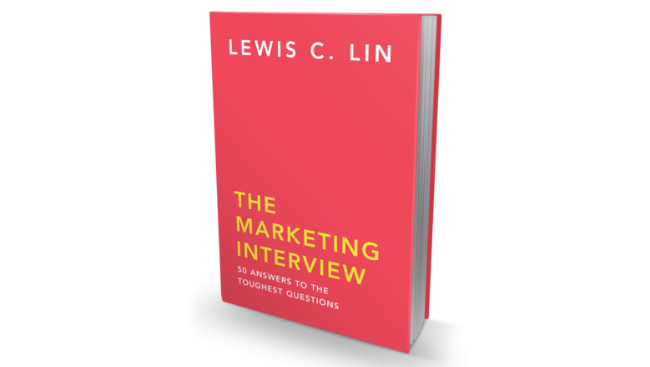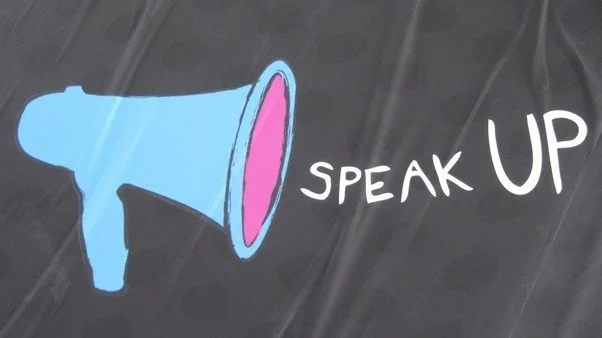What is a customer journey map?
A customer journey map reveals the step-by-step process of a customer's experience. It helps designers, product managers, and engineers to understand how customers interact with your product and uncover opportunities for improvement.
Do you have any customer journey examples?
Here are some of my favorite customer journey map examples:
What customer journey map template do you recommend?
My favorite customer journey map framework is the 5Es framework.
What is the 5Es framework?
The 5Es is an acronym and checklist to help brainstorm different stages of the customer experience. The 5Es helps you build a customer journey map quickly and easily.
Here are the 5Es:
Entice. What event triggers a user to enter into the UX funnel?
Enter. What are the first few steps in the UX funnel?
Engage. What task(s) is the user trying to accomplish?
Exit. How does the user complete the task?
Extend. What follow-up actions occur after the user completes the task?
A customer journey map can help you uncover product improvement opportunities.
Do you have an example of applying the 5E framework?
Here's a customer journey map example, based on the 5Es framework. For more examples, refer to my book, The Product Manager Interview.
Does my customer journey map need to be elaborate?
Make the customer journey map as elaborate as it needs to be, no more.
A good customer journey map is less about whether it's aesthetically pleasing and more about whether it helps you:
Empathize with the customer
Discover product improvement opportunities
Furthermore, if you are drawing out a customer journey map at product manager job interview, keep your time constraints in mind. The customer journey map should only be one part of your overall product design answer.












